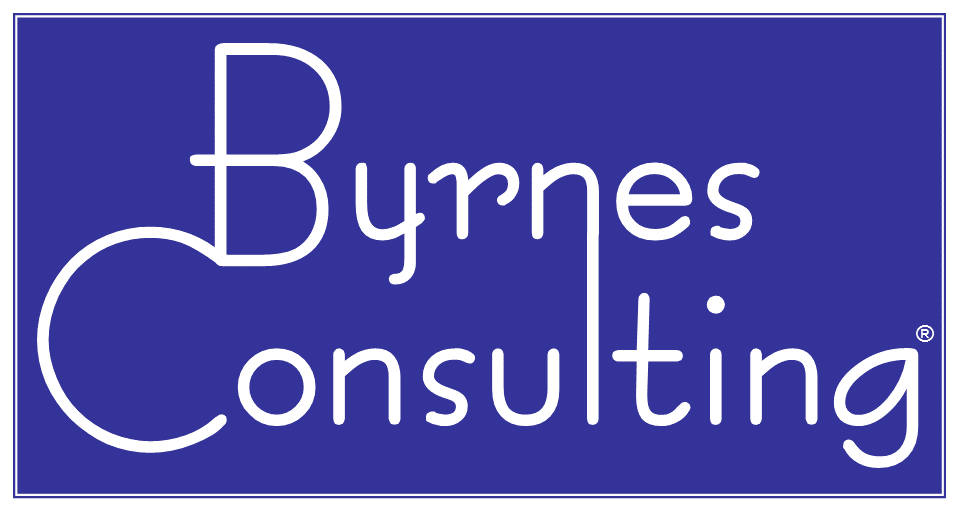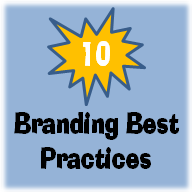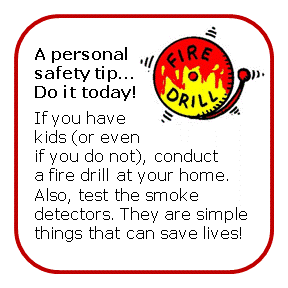The old saying, any PR is good PR is no longer true. Negative news can tear down any credibility your organization has in no time at all. Even with positive publicity, there are more outlets for companies to get exposure, so with all the noise, your message needs to stand out. Just getting your firm name listed in different forms of media is no longer a barometer for a successful PR campaign.
Here’s a checklist of 21 public relations must haves:
1. A PR strategy. Just like with any marketing tactic, if you do not have a clear purpose and accountability within the overall market plan, it is easy to get off course.
2. A niche. To be most successful, have a focused approach around defined target markets.
3. A scope. Determine if you are looking for local community relations or if you want to be a national “go to” expert.
4. Metrics. Know what outcomes you want to achieve and then routinely gather the analytics to make sure you are on the right path.
5. An expert opinion. The press do not want a boring middle-of-the-road contribution. They need something newsworthy to sell their publication. Determine topics, pick a side and take a clear stance. Just make sure your opinions stay within your brand image and core values.
6. A press release template. A professional looking release can help your business stand out. It should also include a well-written boilerplate description of your firm (and possibly yourself) that differentiates you from the competition, with a section for relevant links to make it easier for reporters to conduct any additional research that might be needed.
7. Byline articles. Be unique and provide a fresh point of view. To be the most opportunistic, discuss breaking news topics or trends. Consider co-authoring an article with a strategic alliance to give each other more credibility and an increased chance to be published.
8. Exclusives. Offer a connection an opportunity to be the first or only organization to run with your information.
9. Media focus. Determine the list of media outlets and then the journalist, editors and producers within each organization.
10. Relationships. Build connections with the journalists that cover your industry and target markets. At first, trade publications will help you build up credibility to be later covered in consumer-oriented publications that focus on your prospects.
11. CRM. Track contact activities and conversations in a database, treating them like your best clients.
12. Drip campaigns. Ask journalists if they would like to be on your mailing lists for direct mail and enewsletters. If they say “yes,” it is a great way to stay top of mind.
13. A spokesperson. Determine the point of contacts within your organization and then identify the policies and procedures for interactions with the media. Key contacts should be media trained.
14. A writer. If there is no time or resources to develop new content within your firm, hire a copyrighter to provide ghost written information. Write in the language of the target audience.
15. A gimmick. The idea of creating a stunt to generate attention is a great one, if it is in line with the overall brand (or it helps positively shape a new brand). Special events work well for local coverage.
16. A hotline. As reporters are often working on tight deadlines, it is important to be available when needed. Provide them a direct phone number that gives them immediate access.
17. A press kit. If doing a mailing or for face-to-face meetings, have a folder of marketing collateral, including an overview of your organization, bios with contact information and other reprints.
18. A disaster plan. Too often companies get caught with their pants around their ankles (figuratively) when something goes wrong. Be prepared for the unexpected, enabling swift and effective responses to kick in, if needed.
19. Social media support. Providing valuable information online helps make you searchable when reporters research stories, looking for appropriate sources.
20. A snowball effect. Plan to effectively leverage current media appearances to get new coverage from other media outlets.
21. Reprints. Reproduce printed articles when it is cost effective. Also, link to online articles and videos from your website for free.
There’s truth to the old adage that negative news spreads ten times as fast as good news. In an era of distrust, good publicity can provide needed credibility to gain new business and retain clients. That is why it is important to build up your public image, whether it is in the local community or on a national basis.
In a word-of-mouth / referrals business, a strong brand is crucial to an organization success. Let Byrnes Consulting help you build a powerful public relations strategy.




